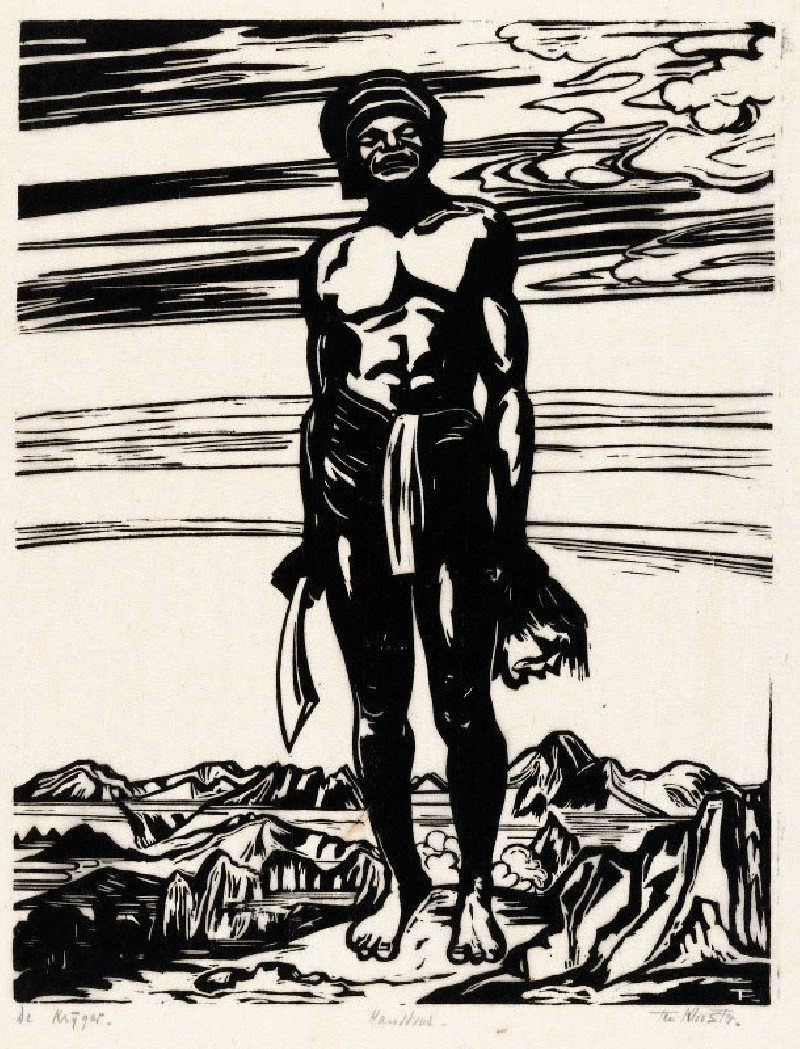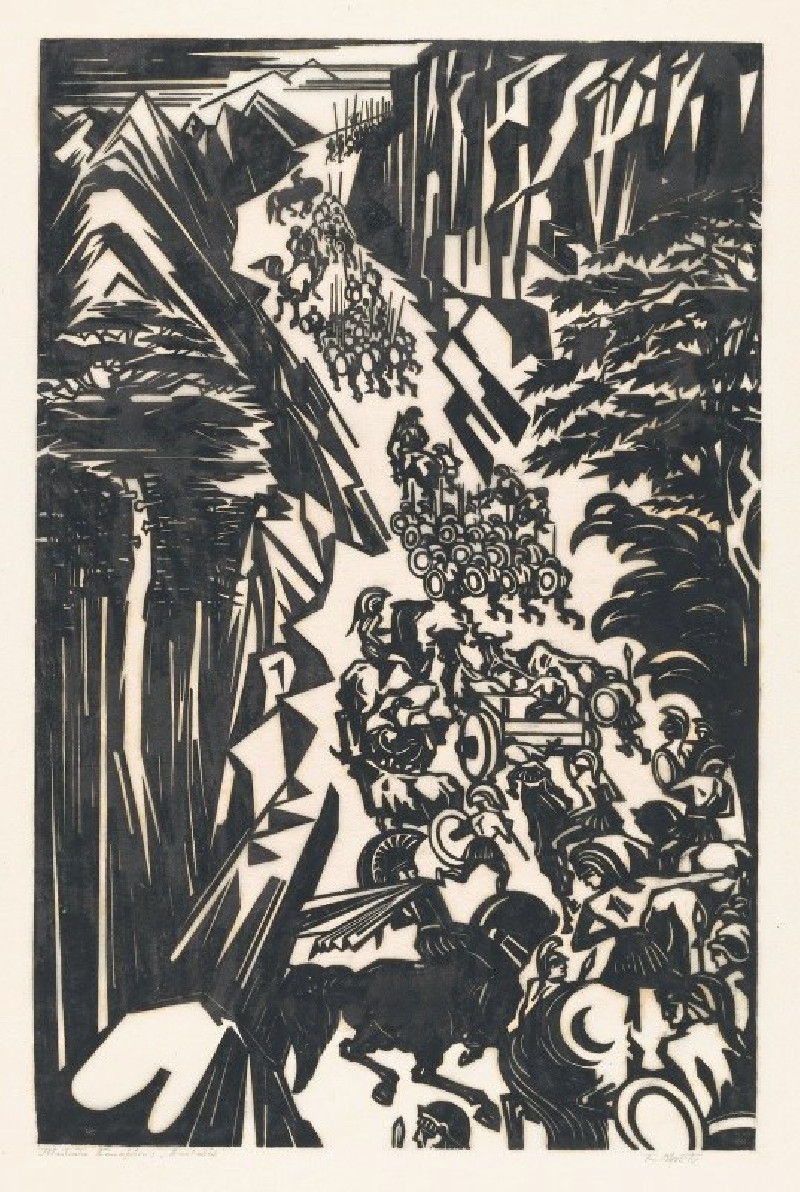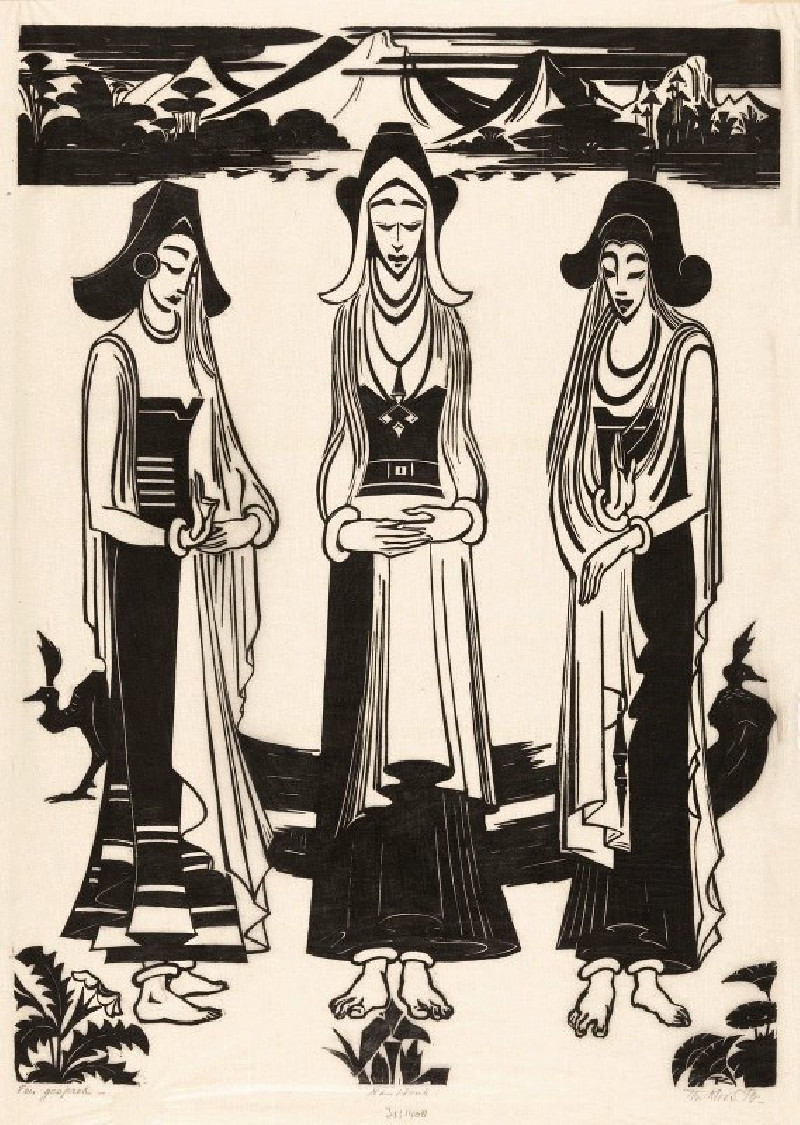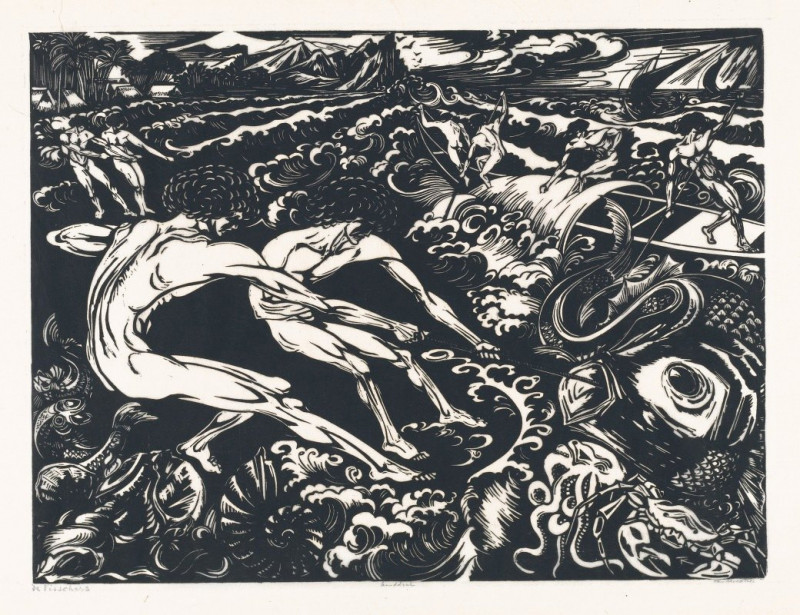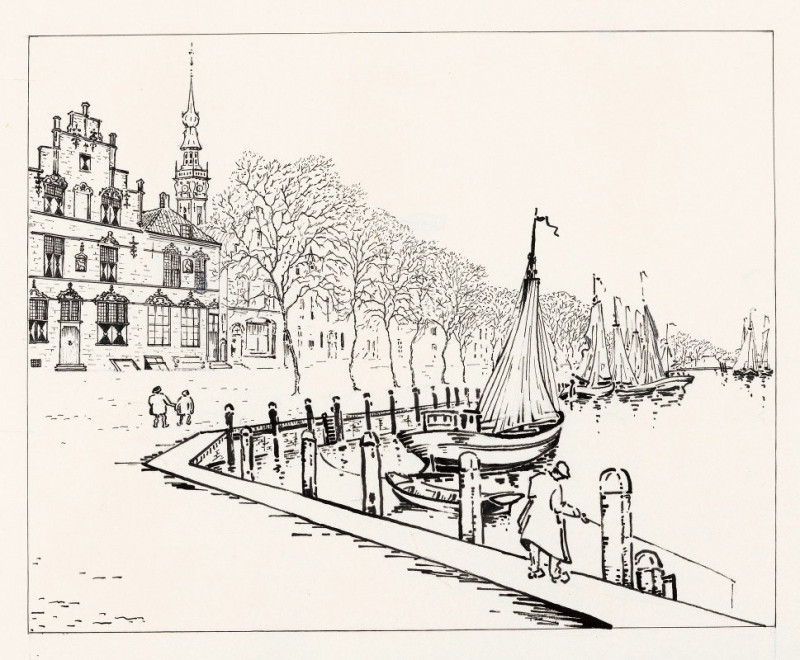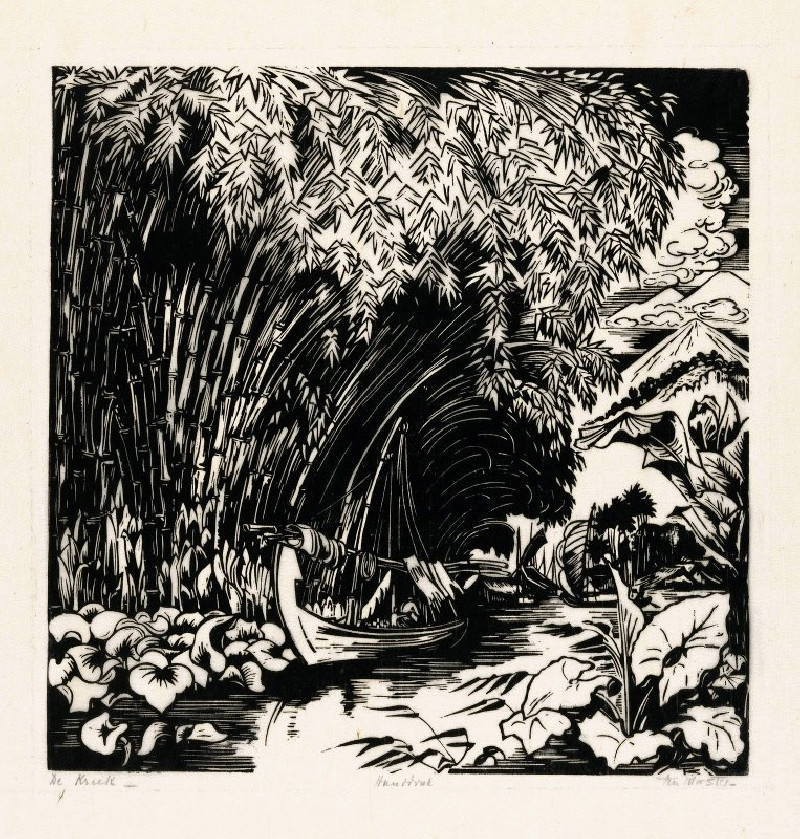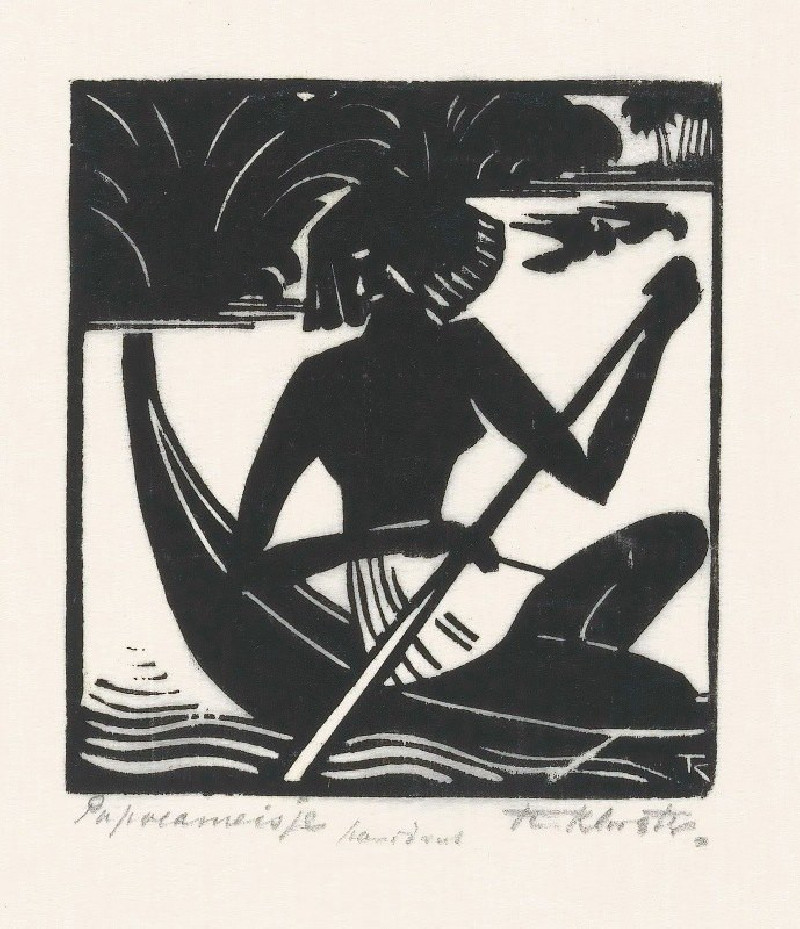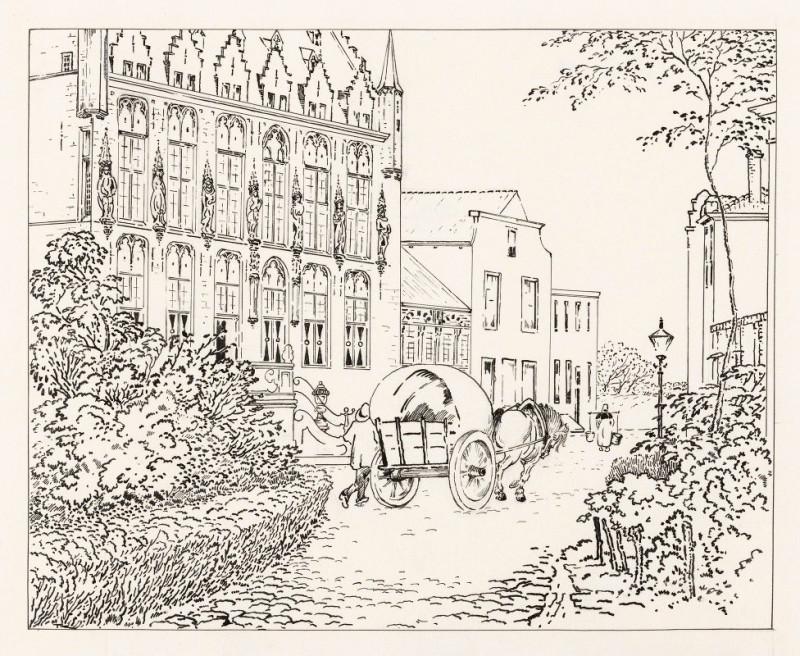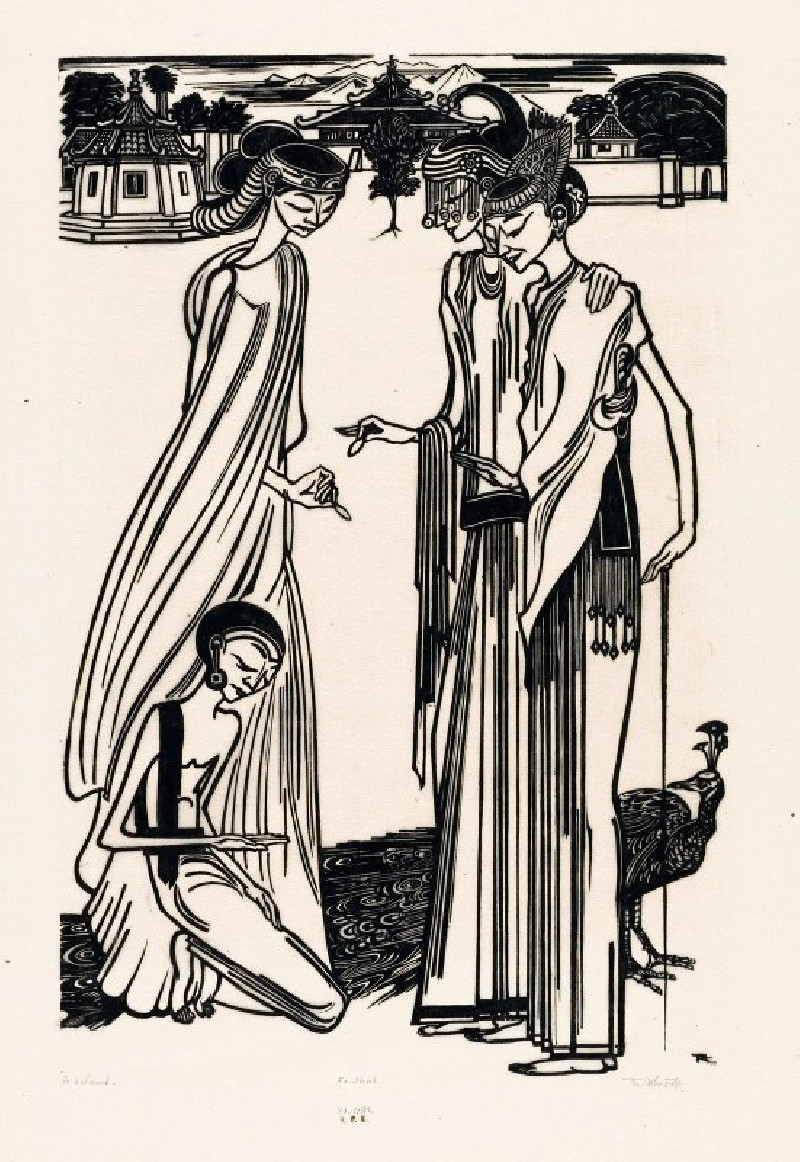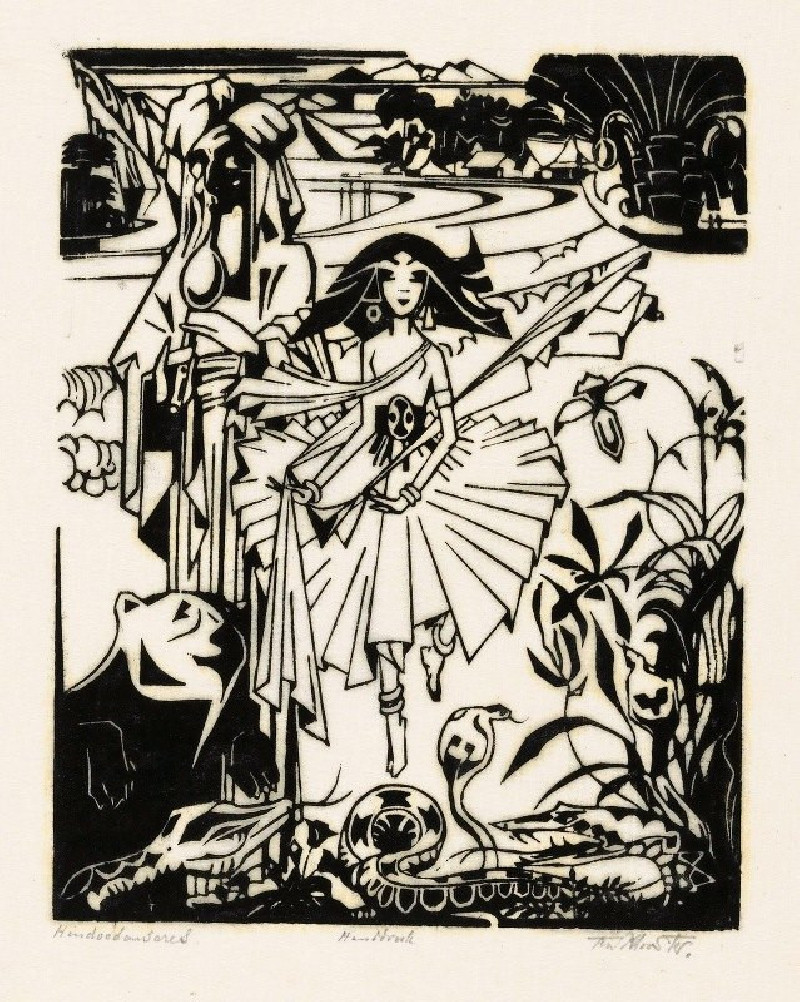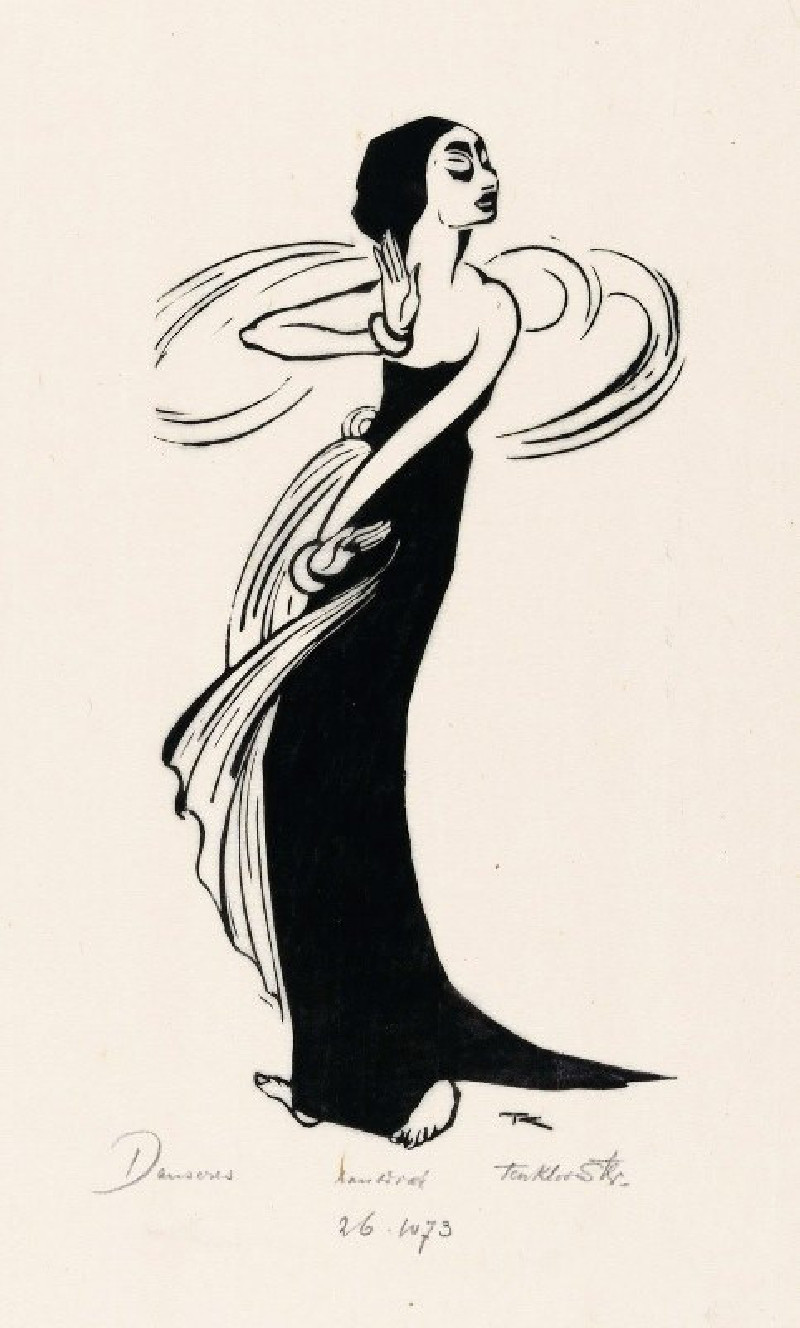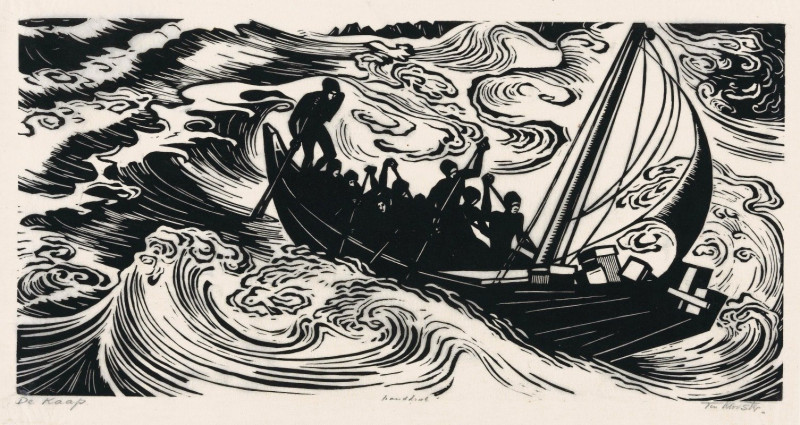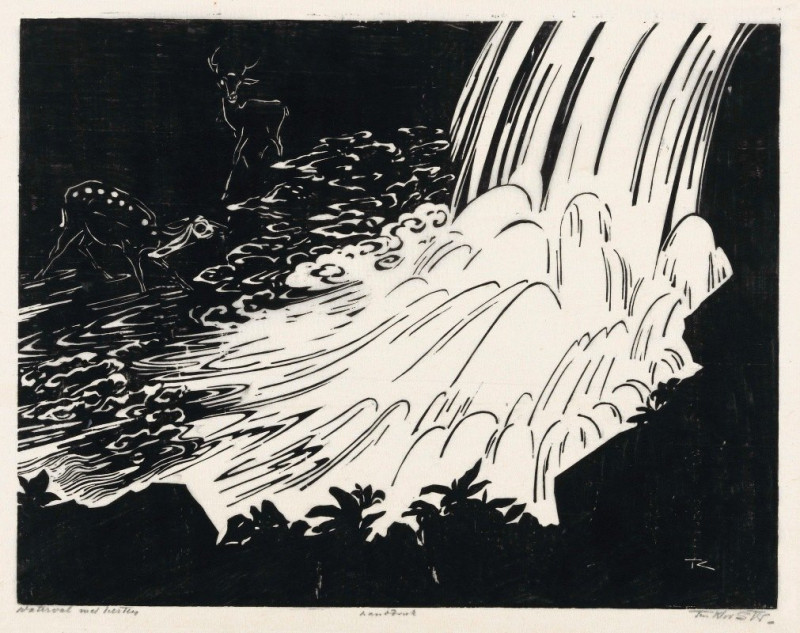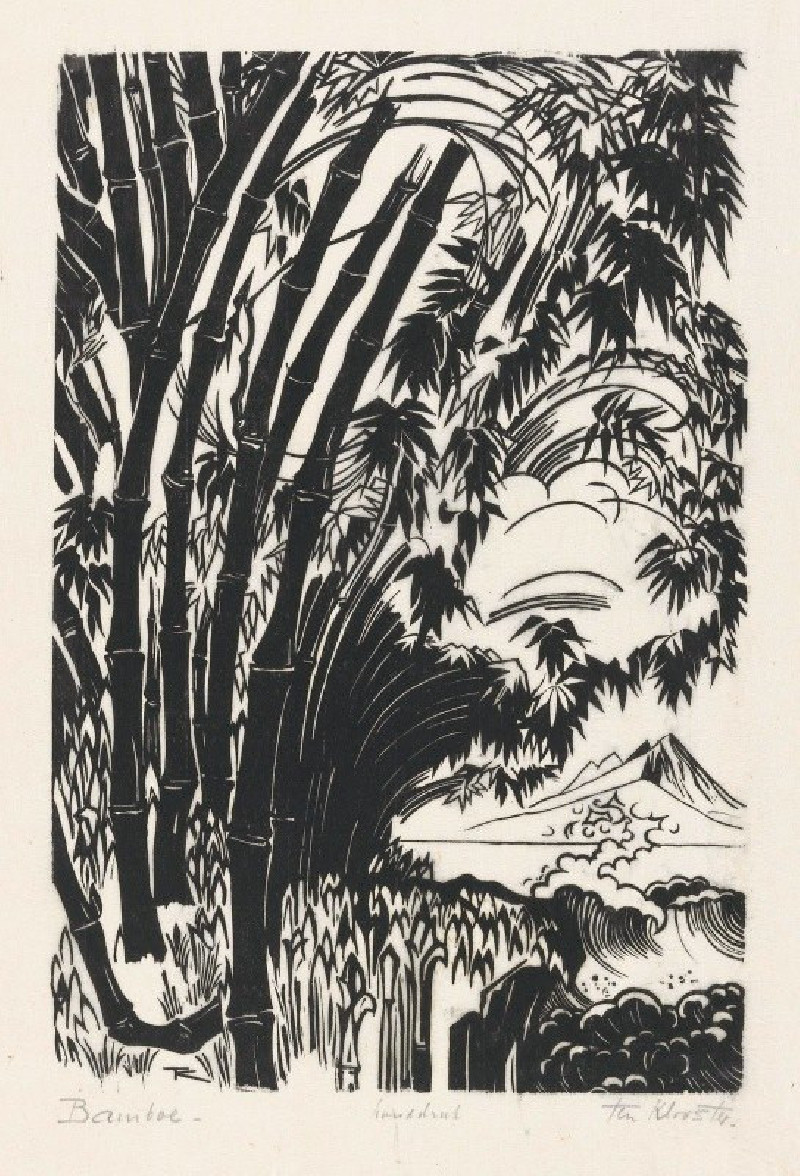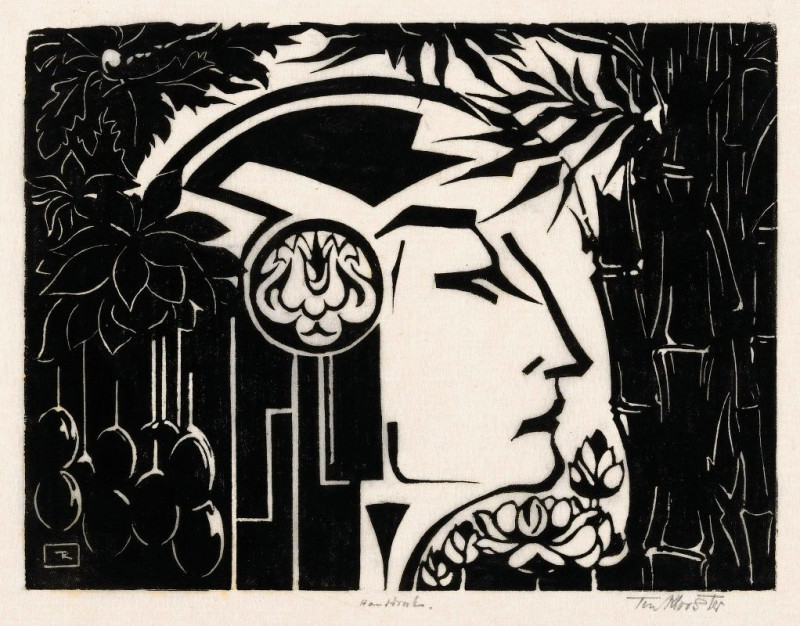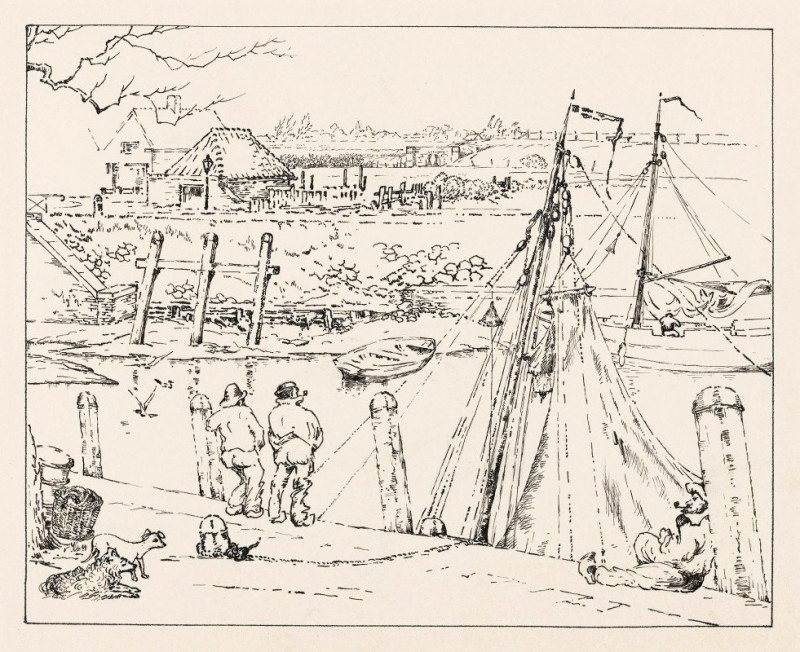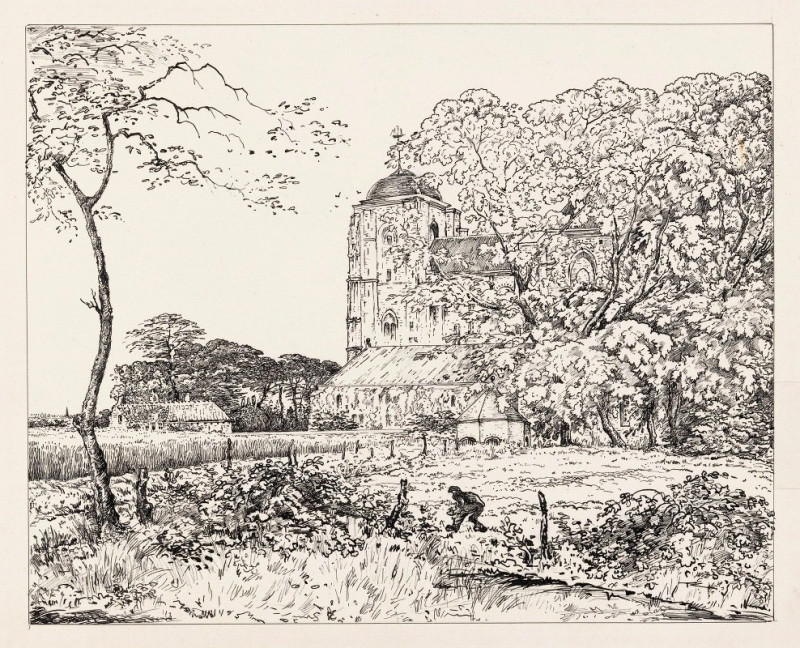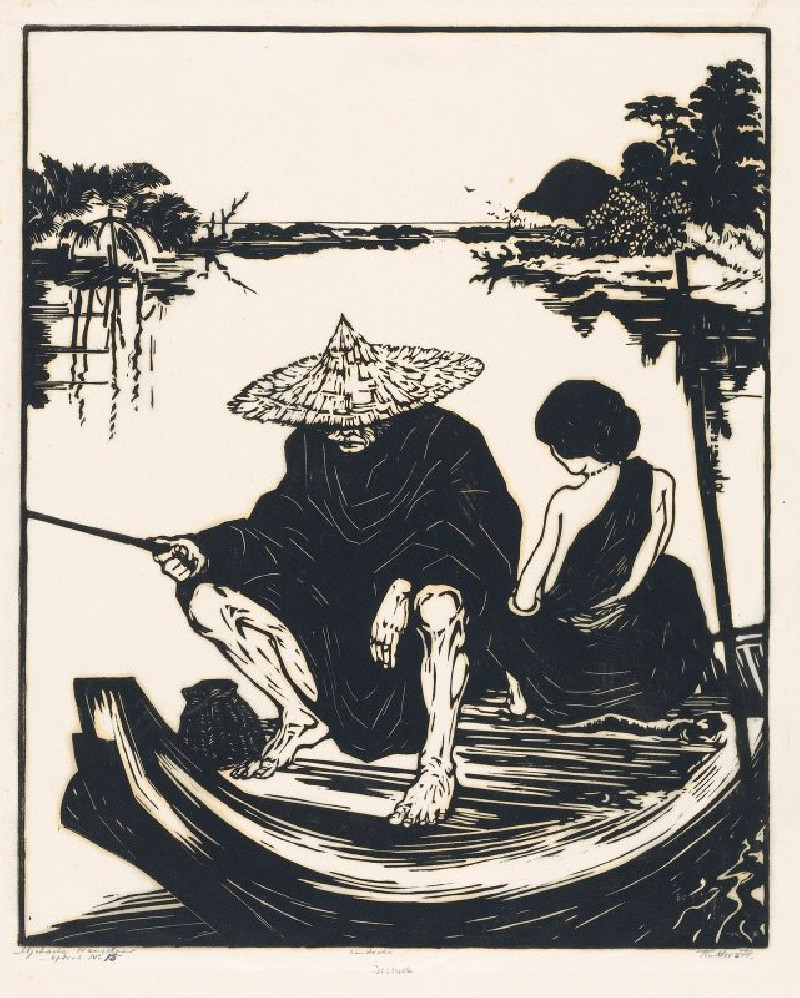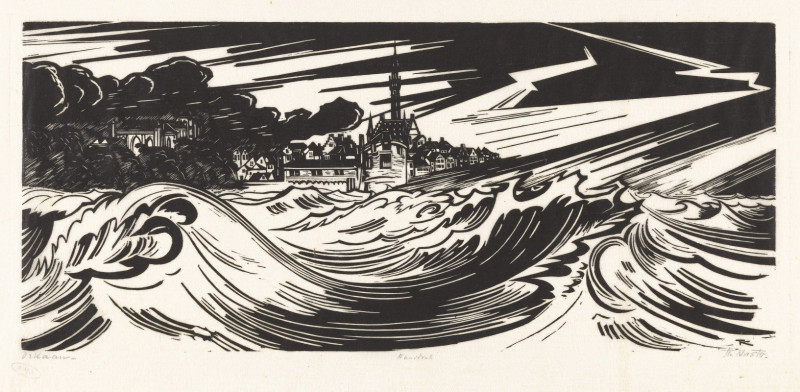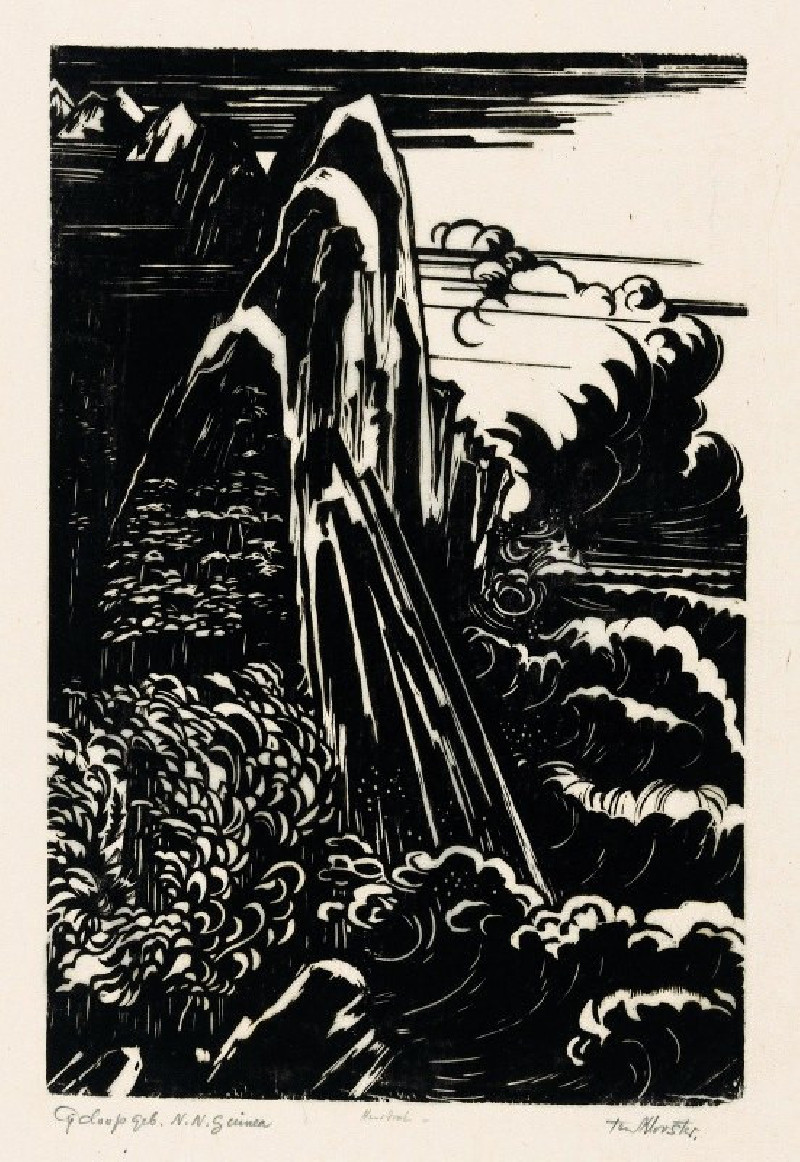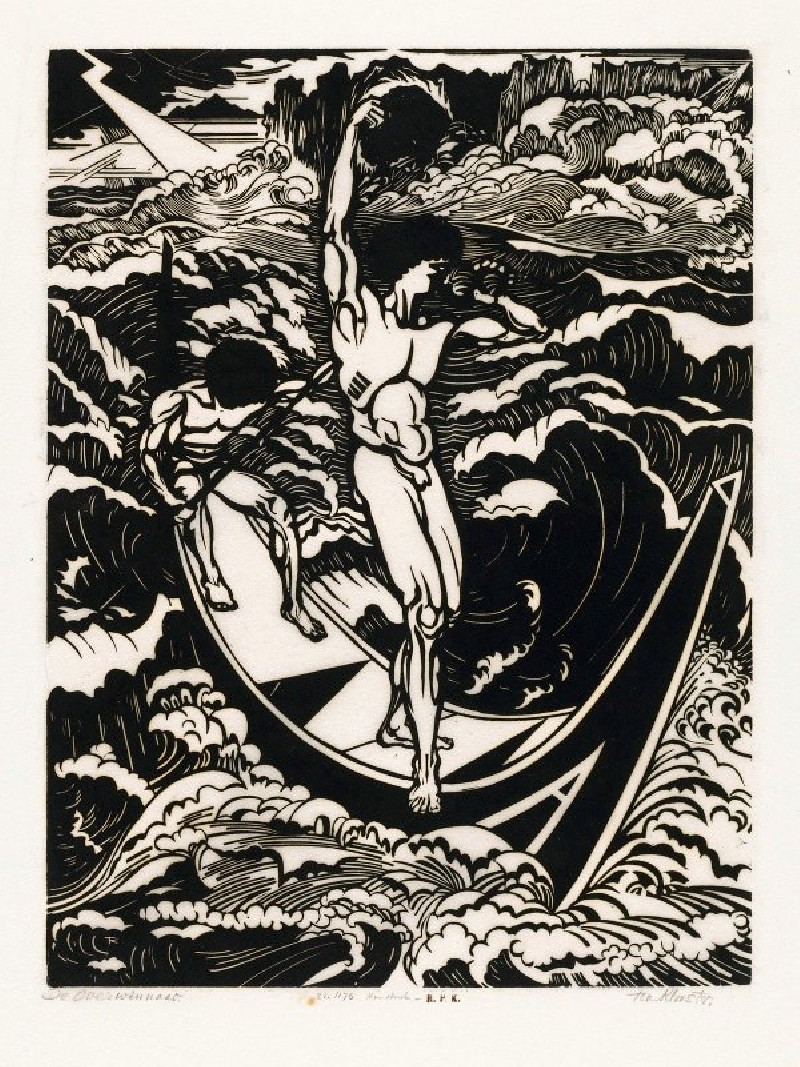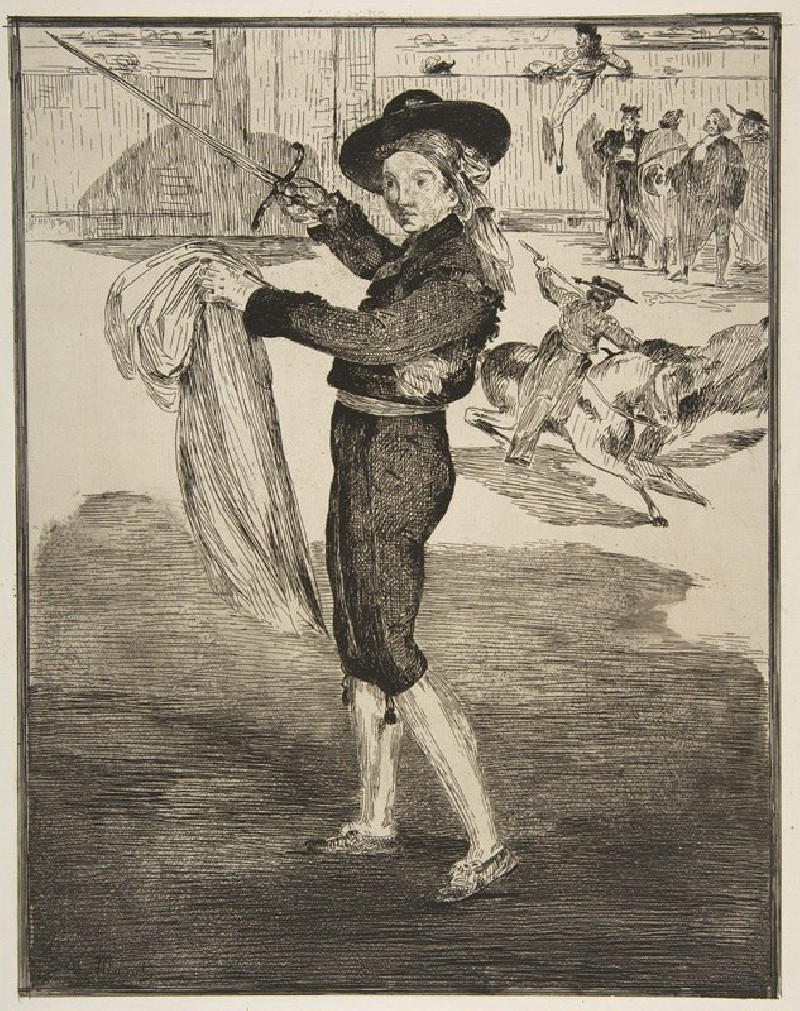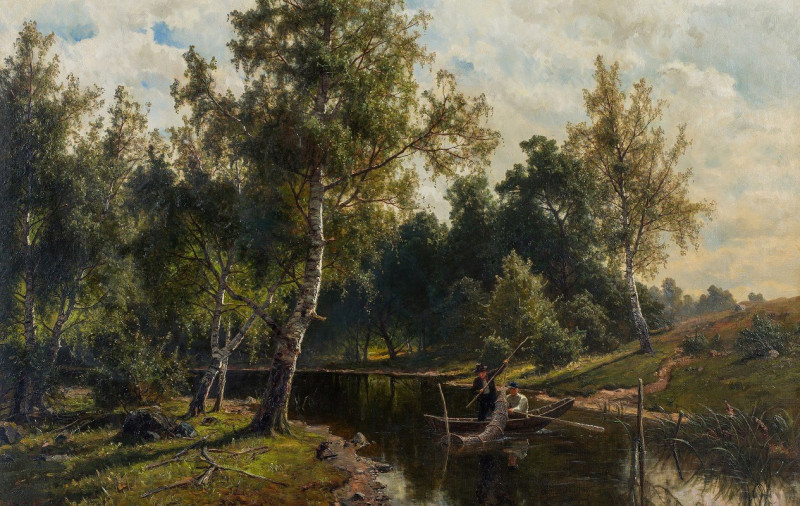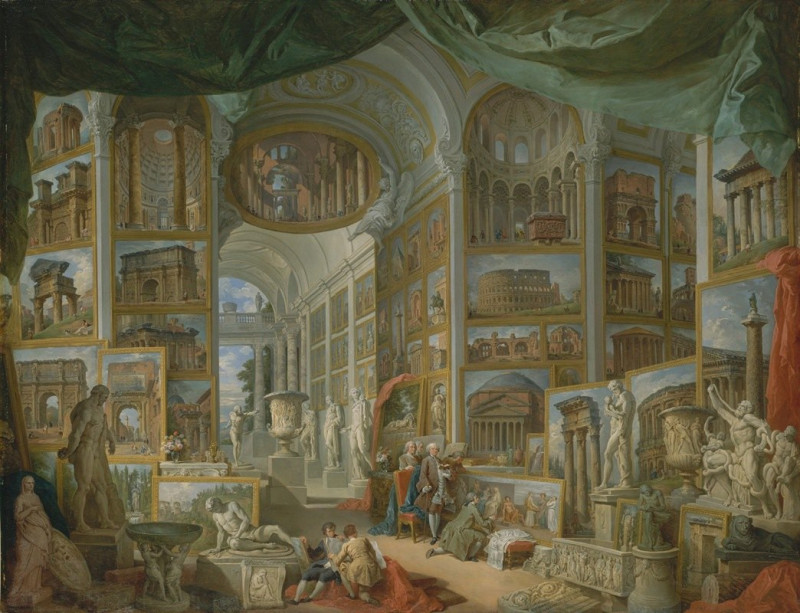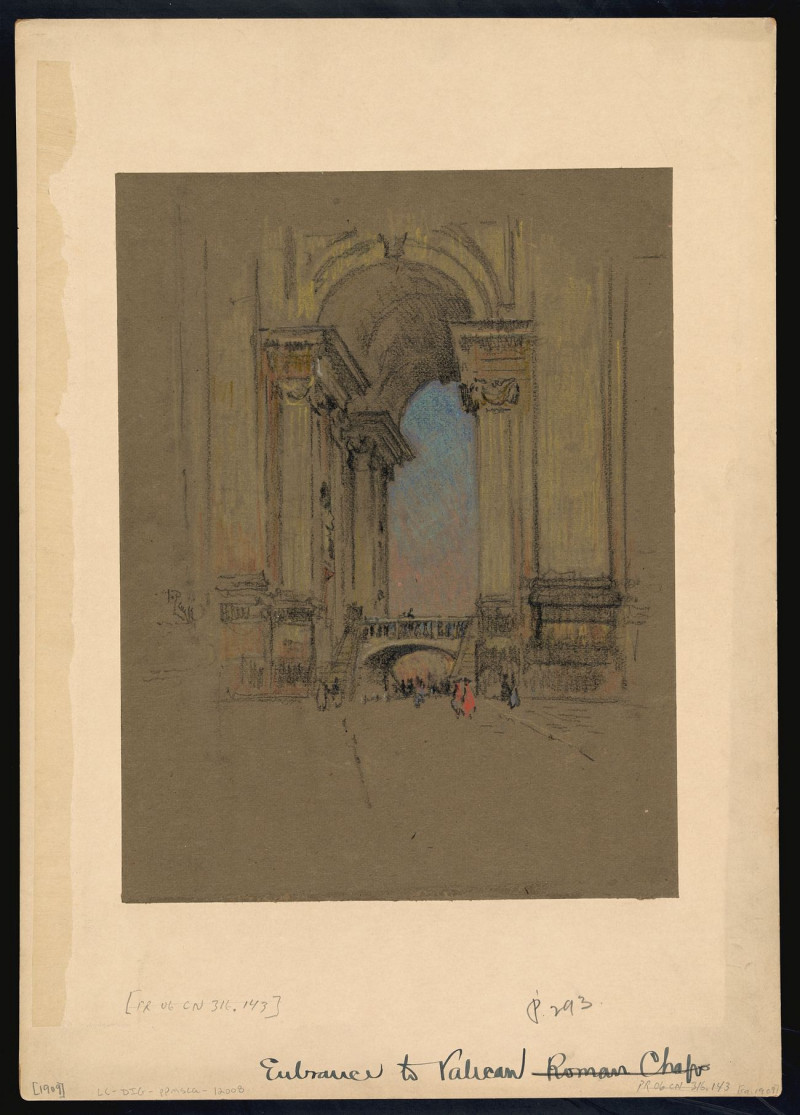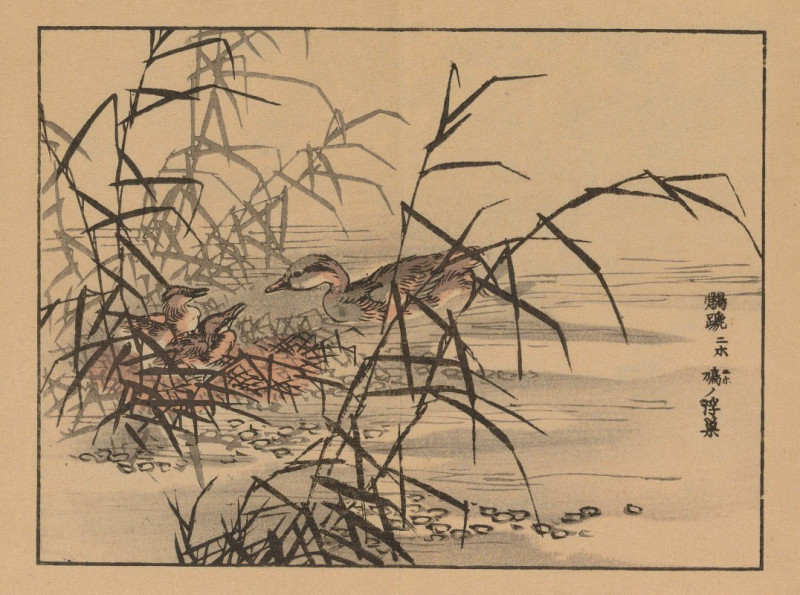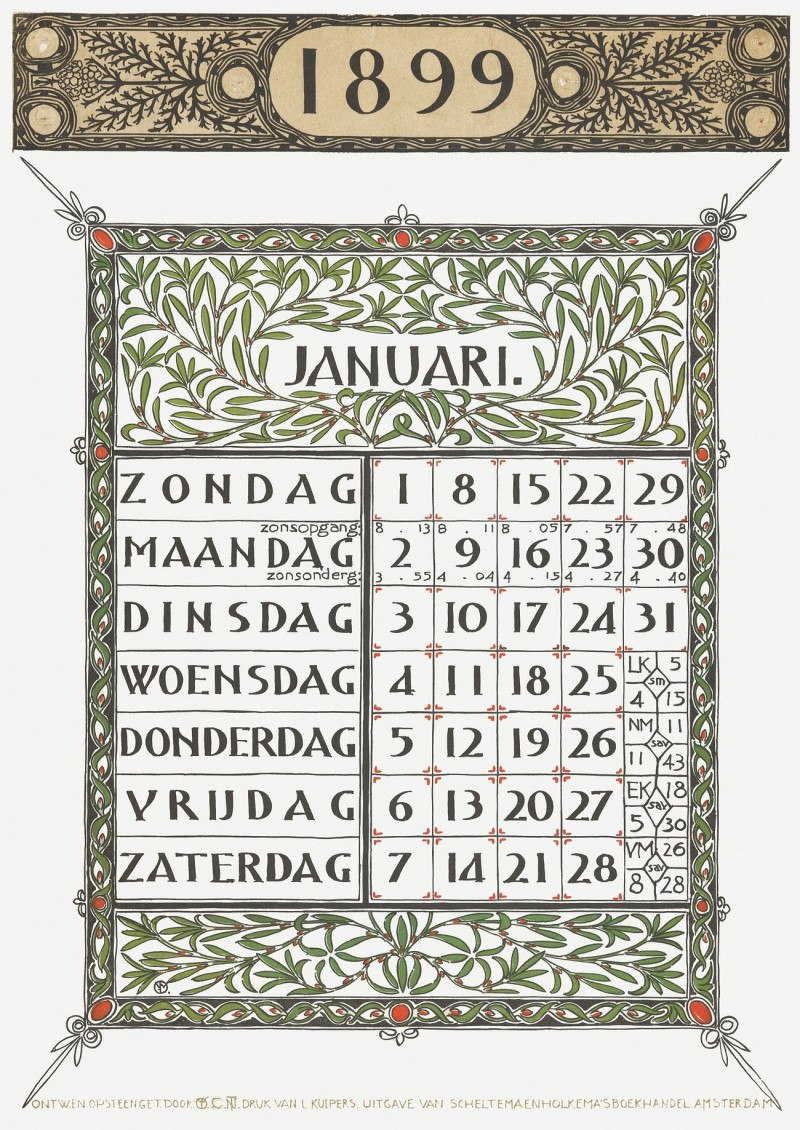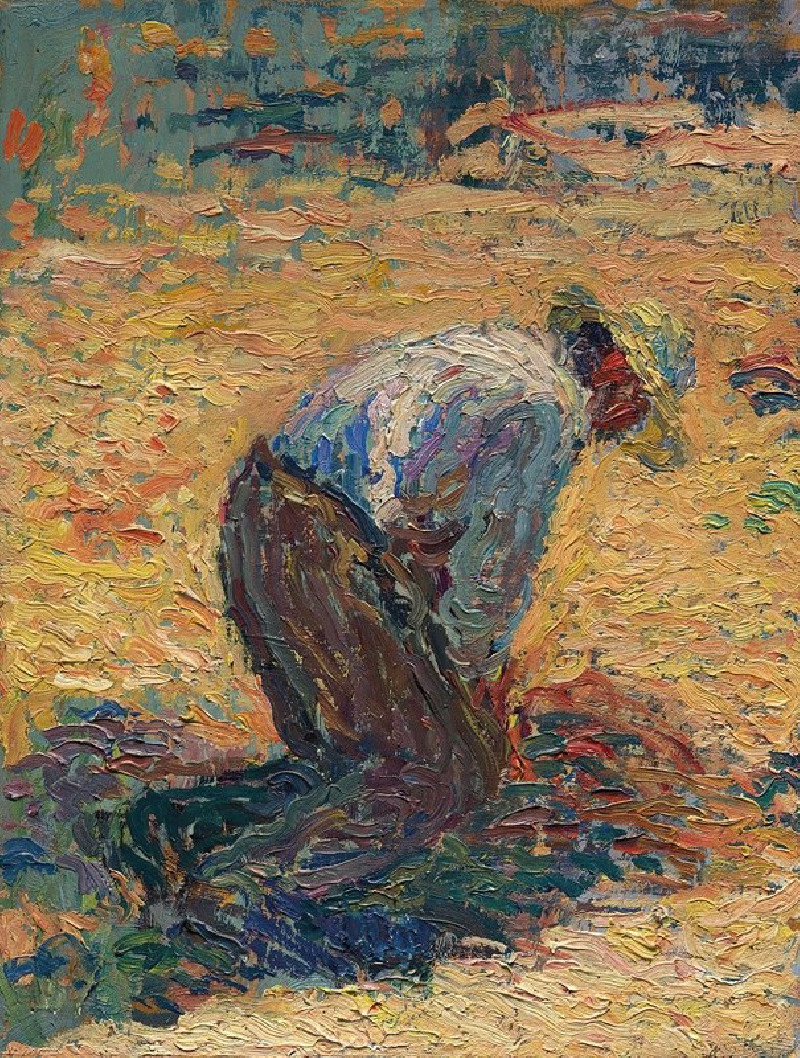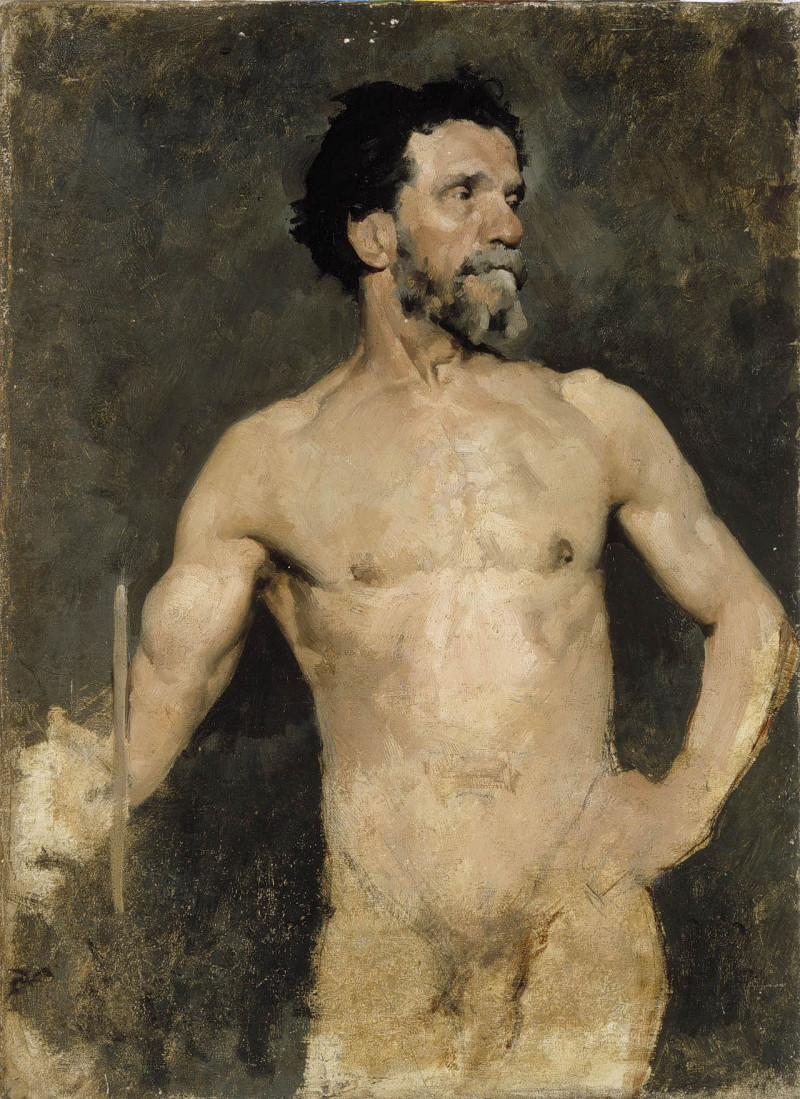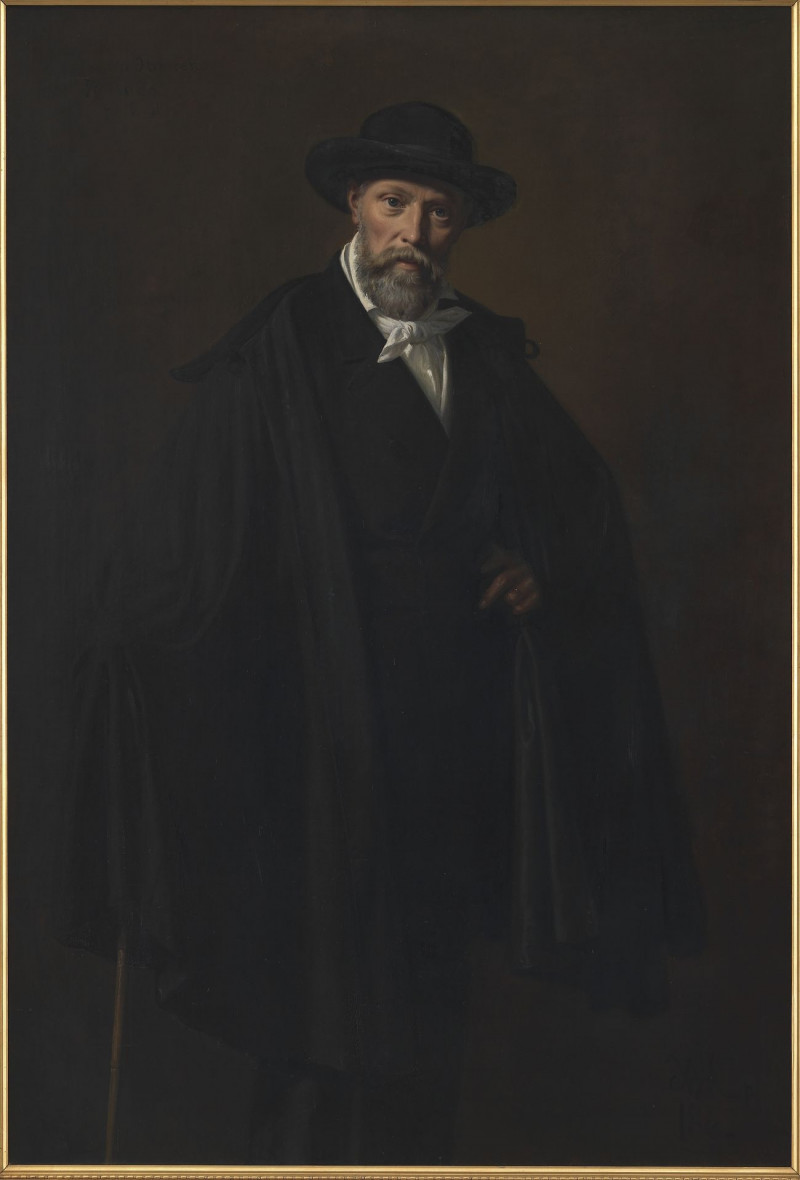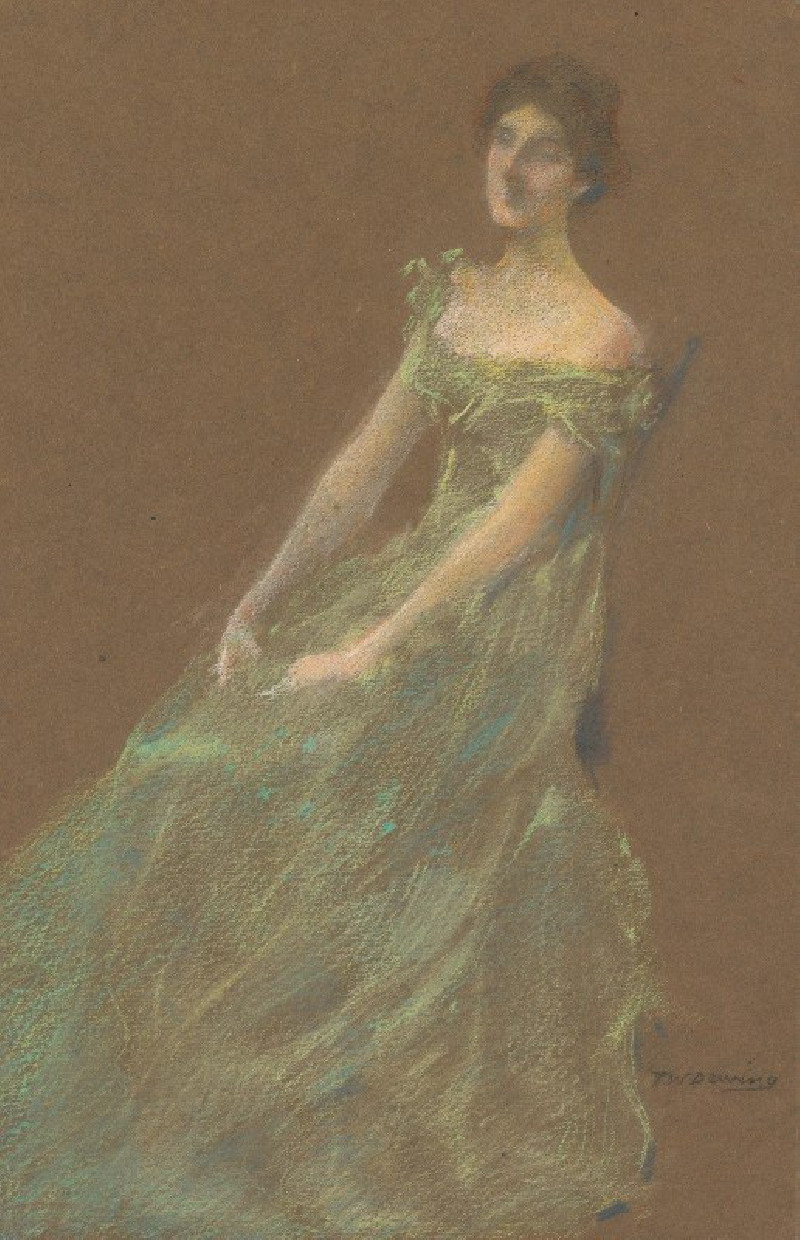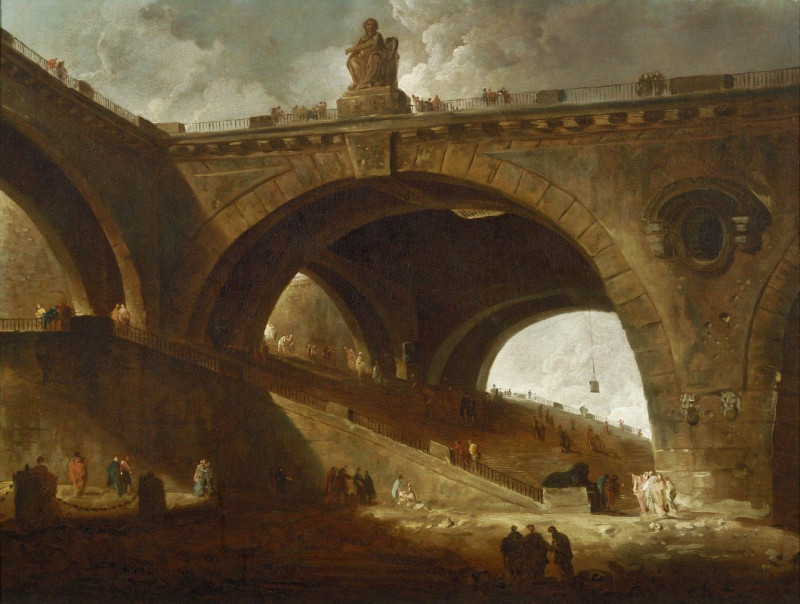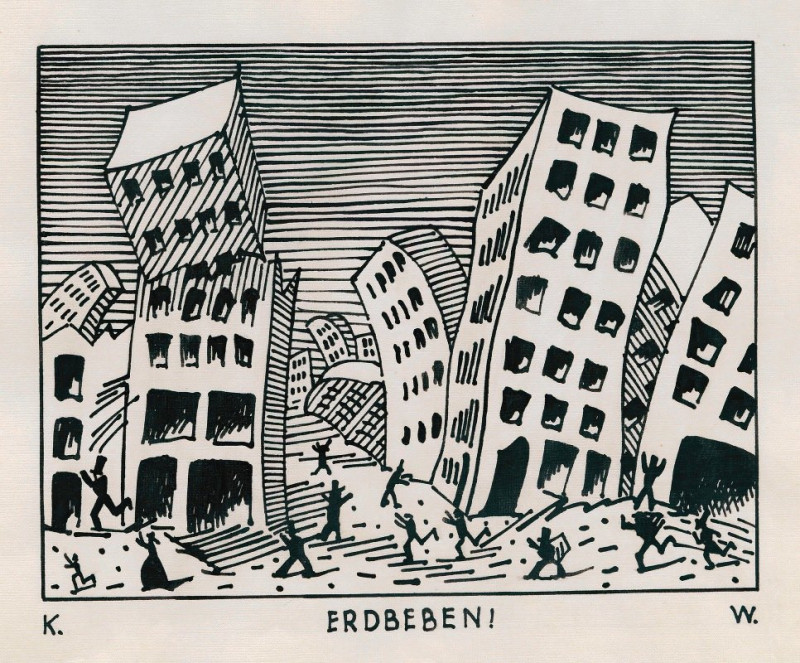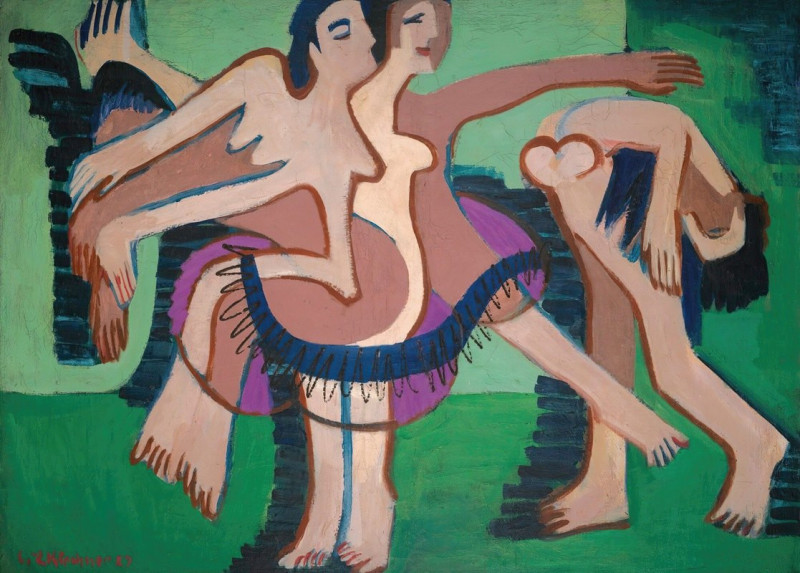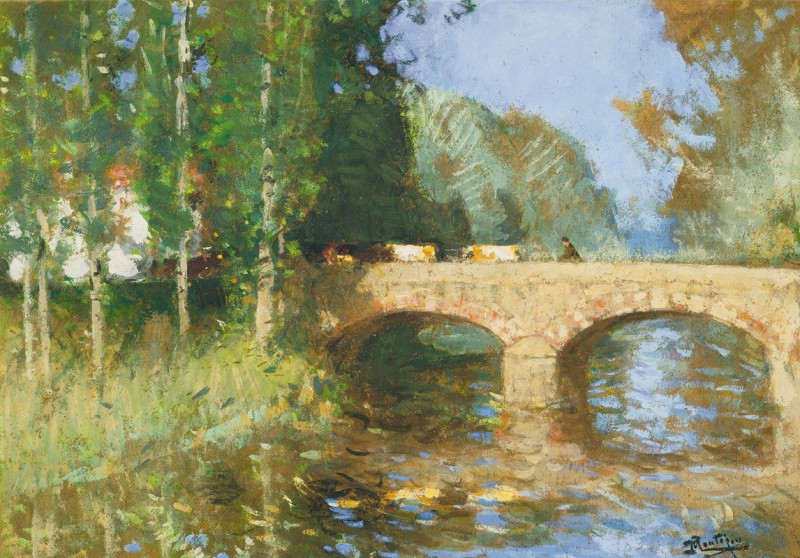De krijger (1920)
Technique: Giclée quality print
Recommended by our customers
More about this artwork
"De krijger" (1920) by Johannes Frederik Engelbert ten Klooster is a striking example of stark contrasts and bold compositions that typify woodcut art. This powerful image captures a warrior standing resolute amidst an abstracted landscape. The figure is predominantly backlit, with defined muscle contours and a facial expression evocative of both strength and solemnity. He is clothed in a simple, draped garment and carries what appears to be a sword, hinting at a readiness for battle or the aftermath of a conflict.The background features an expressive sky and a rugged terrain, rendered in sweeping, stylized lines that suggest motion and turbulence. This possibly reflects the internal or external struggles faced by the warrior. The use of black and white intensifies the dramatic ambiance of the scene, focusing the viewer’s attention on the texture and form of each element."De krijger" not only exemplifies ten Klooster’s skill in the woodcut medium but also communicates a timeless narrative about resilience and the human spirit, resonating with viewers across different eras.
Delivery
Returns
Johan Frederik Engelbert ten Klooster was a Dutch graphic designer and painter of Javanese-Dutch origin.
He lived and worked in Java and Sumatra, in New Guinea, in The Hague (approx 1914-1915) and in Veere from May 1915. He was an officer with the KNIL, but after 1915 a full time artist.

